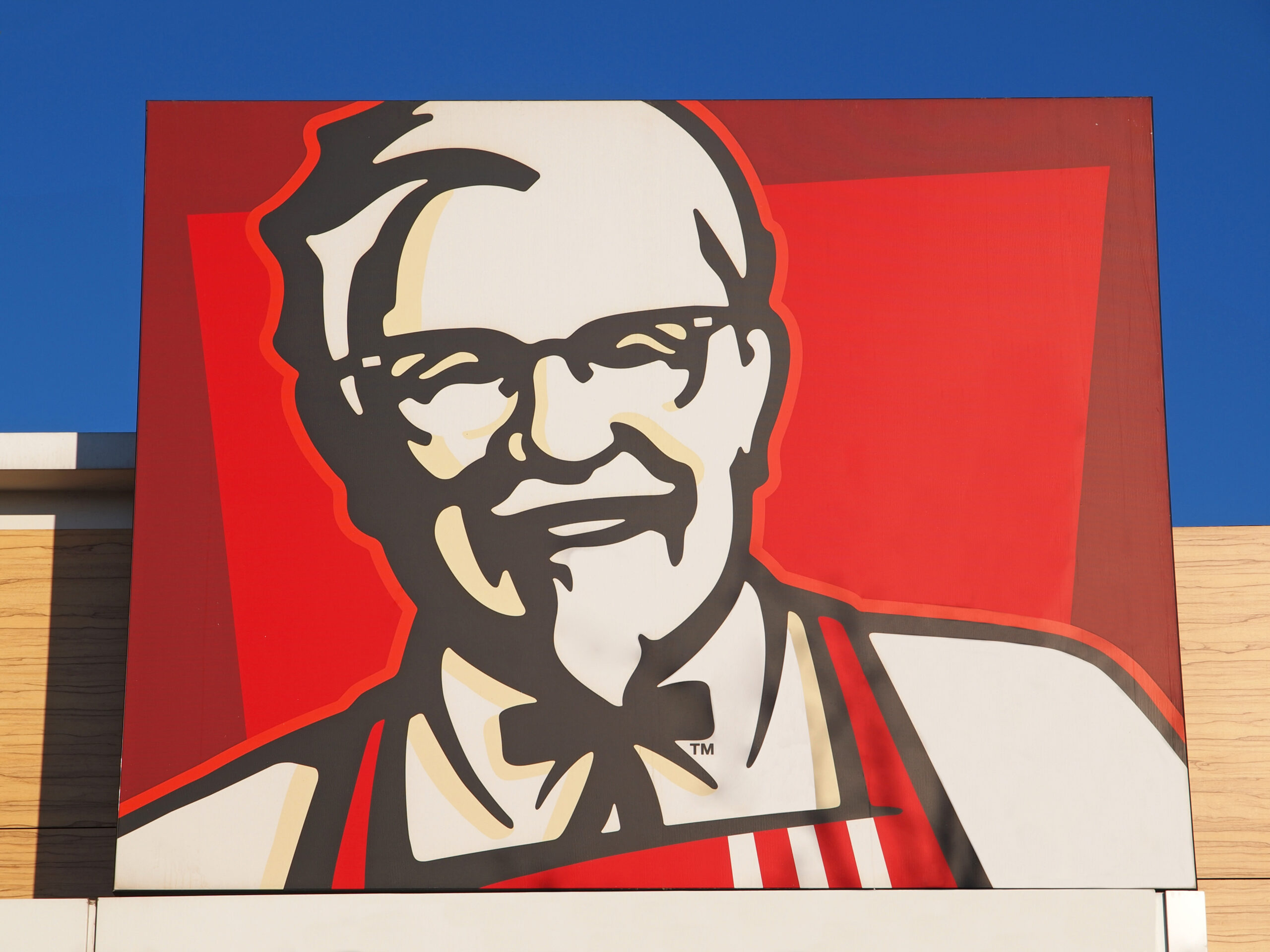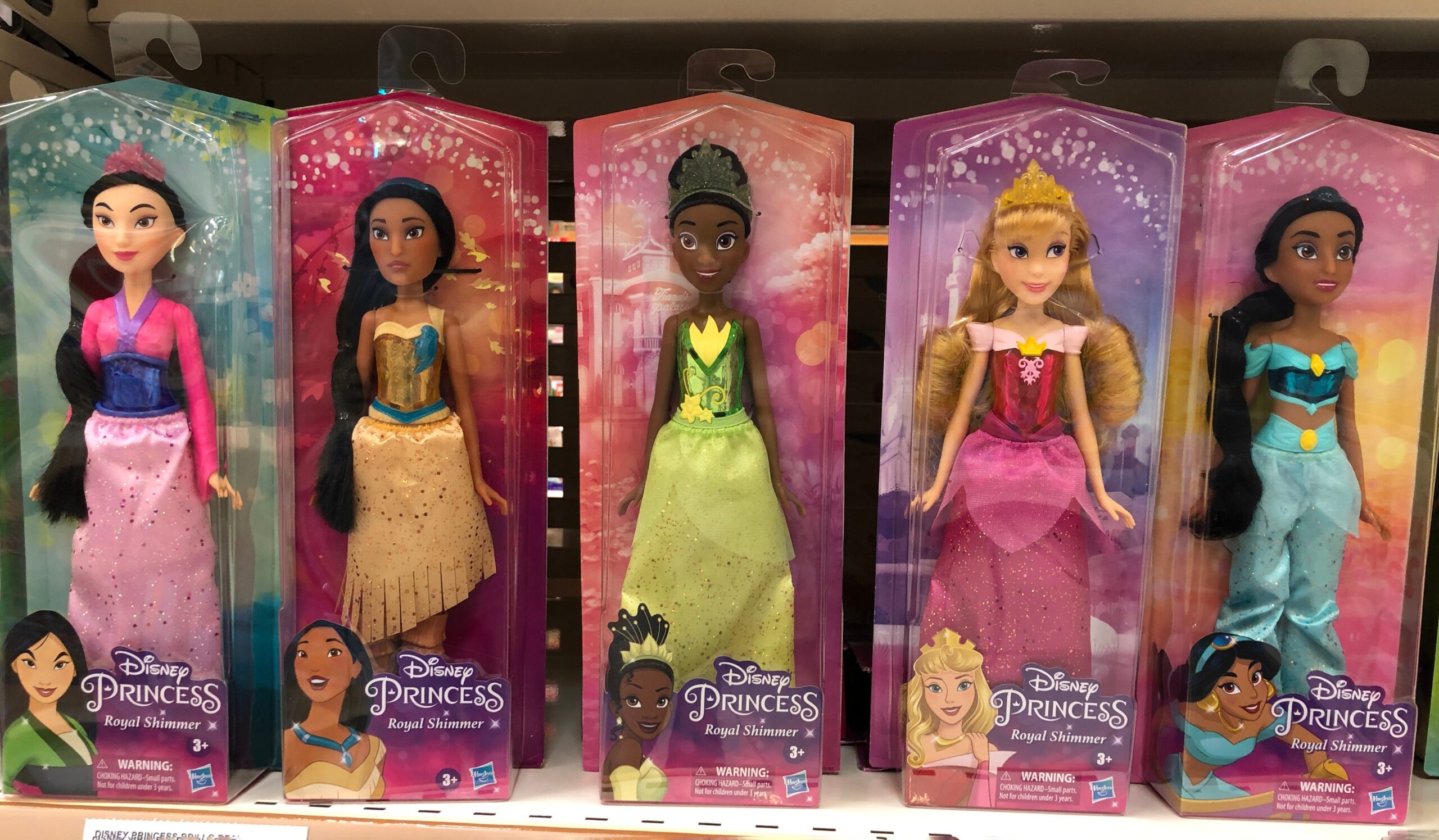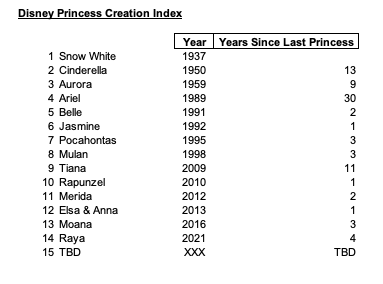
I talk a lot in this blog about the power of personality, something I most definitely believe will factor into radio’s ultimate ability to not only survive, but to thrive. One constant throughout the 100+ year history of this medium is its reliance on not just people – but stars.
From the early days of radio theater and news, personalities have dominated, creating franchises, many of which translated to television. And since those TVs ended up in every living room of America, radio’s fortunes have been made on its ability to either create or discover stars. You know the names – from Howard to Rush, radio has had those bigger than life personalities that created water cooler talk – when we all showed up to work every day.
Even in recent years when radio’s primacy has been challenged by social media, podcasts, and audio streaming platforms, its stars keep the medium top-of-mind. Jim Kerr and Shelli Sonstein, Charlamagne, Bobby Bones, Ellen K., Burt Weiss, Dana Cortez, and so many others who keep radio top-of-mind, relevant, and vital in the hearts and minds of consumers.
Mike Stern “gets” this relationship, and over the years has coached talent in all-sized markets. In today’s guest post, Mike makes the case for a renewed emphasis on personalities in the next evolution of broadcast radio. – FJ
“Does Your Radio Station Need a Princess?”
By Mike Stern
In a recent post by The Entertainment Strategy Guy, a self-described “former executive at a streaming company who provides thoughts and analysis on the business of entertainment,” the author made a case the Disney Company has an ongoing need in their quest to perpetuate their amazingly successful franchise:
They need to create new princesses
What spurred this thought and what is he talking about? Interestingly, the ESG’s thinking was triggered by an NPR Planet Money story – “The Return of the Colonel” – that originally ran nearly nine years ago.
The premise of the piece, hosted by Robert Smith, is that KFC does better business when it focuses on Colonel Sanders. The character is literally the face of the franchise, an important distinction from all the other fast food brands that serve chicken.
And the competition has only intensified since this Planet Money report first aired. Chick-fil-A has ascended to the chicken throne, while up-and-comers like Raising Cane’s has enjoyed a great run in recent years.
An owner of five KFC stores – Rick Rozier – had the money quote in this feature:
“Whenever (KFC) has done well, it’s been when the colonel has been very involved.”

Of course, the real colonel – Harland Sanders – passed away many years ago, but brand advertising has leveraged his persona, both with art and comedians and celebs including Norm Macdonald, Darrell Hammond, Jim Gaffigan, George Hamilton, and even Reba McEntire.
The analogy is a simple one – chicken is to your radio station’s music (or talk topics) like Colonel Sanders is to your most popular personality.
Wait…what? You don’t have a strong person on the air who’s a key connection point for your station because no one thought it mattered or all the personalities have been RIFed? Marketers in all walks of business life will tell you that without a dominant face of your franchise or brand, you’re simple a commodity. And you can be replaced by a better, cheaper, cleaner, or more accessible version of yourself.
Let’s take it even further. Colonel Sanders symbolizes KFC’s core business – chicken. And that same logic applies to Disney – and several thousand radio station brands.
In the case of the company that Mickey Mouse launched, the ESG believes they should do what they’ve historically done best: create iconic characters, the majority of which have been princesses – not rodents. As he points out, “After all, it all started with Snow White.”

And to prove the point, he has studied what he calls Disney’s “Princess Creation Index.” In his article, he includes several Disney PCI charts that illustrate the rate at which Disney has added new princesses to its royal court over the years.
Broken down by decade in the chart below, you can see how Disney created four new royals in the ’90s, only one in the ’00s, five in the ’10s, and only one so far in this decade. These periods of creativity and lulls track with the company’s overall success and relevance. The ’80s and ’00s were tougher decades while in the ’90s and ’10s Disney was both relevant and profitable.

So in other words, the company is dependent on its princesses, plain and simple. And when things aren’t going well in the Disney ecosphere, the “princess gap” – time in between the development of these key personas – often tells the story.
This leads the Entertainment Strategy Guy – or ESG – to several interesting observations that might help you in the management of your radio station or brand.
But one really jumped off the page at me:
There is a difference between reinvention and creation.
The ESG acknowledges that Disney is currently releasing movies that involve princesses – there are new Frozen and Moana films. There are new live action remakes of the classics and tons of content on Disney’s streaming platform.
Radio does pretty much the same moves with daily morning show benchmarks, quarterly contests, and annual fundraisers. When we find something that works, we bring it back with regularity. Sometimes, we give it a new coat of paint or a slightly different angle. And that’s a sound approach.
But as the ESG points out, that’s different from creating something new that energizes your platform and captures the imagination of a new generation of fans. Here’s the theory:
“Disney needs to keep creating new princesses to help reinforce and strengthen their brand.”
And so does your station – or show.
Everywhere you look across the radio spectrum, “princess brand patterns” fall into place. In public radio, for example, some networks and local stations have eschewed princesses – or personalities – in the belief the content and core values are the only things that matter.
But when you think about public radio’s greatest hits over the decades, there’s usually been a princess or two hanging around. Garrison Keillor’s A Prairie Home Companion, the Tappet Brothers mixing it up on Car Talk, and Terry Gross anchoring Fresh Air. Maybe few in the system see it this way, but the aforementioned are all public radio princesses.
It’s no secret public radio is enduring struggles at the moment, and the lack of new princesses might have a little something to do with the content drought.
And then there’s Christian music radio. The spoken word side of the format is loaded with personality – ministers and other purveyors of The Word. But on most Christian music stations that play music, the personality – or princess element – may be missing in action or in the background.
A part of the challenge is that bona fide princesses on these stations can not and should not compete against the true “face” of the franchise – Jesus, of course. But is there room for a stronger personality element that can provide a positive difference between stations?
Whatever your format, I’m not suggesting it’s an easy task to create the equivalent of a new princess for your station on a regular basis. It’s demanding work and not every attempt is going to be successful.
It sure helps if you can look down your talent bench and spot a personality or two with “princess potential.” You never know when the next Elsa, Anna, or Rapunzel can step into the fray.
Considering the success a mega-entertainment company like Disney enjoys when a new princess joins the court, it’s worth taking the time to sit down and figure it out.
Perhaps we should take some consulting advice from Princess Merida from Brave (2012):
“You control your destiny, you don’t need magic to do it.”
Exactly!
- Does Your Radio Station Need A Princess? - December 17, 2024
- With A Name Like Smucker’s… - December 10, 2024




Good one Mike.
Sunshine Shelly KJR and KJRB.
I enjoyed your article—great insights on the importance of having a “face” for a brand. It got me thinking about our station, where the goal isn’t to spotlight personalities but to make **God, His Truth, and the Bible** the “Colonel Sanders” of what we do. Our challenge is ensuring His Word is so central and compelling that it becomes unmistakably what we’re known for.
Curious—have you seen examples of stations or brands that effectively balance this kind of mission-driven focus while still connecting with listeners in a relatable way?
Thanks for sharing your thoughts!
Crash, my hope is that you could have it both ways. It’s important that no one at the station is overshadowing His Word. The personnalities should be messengers, but couldn’t they also be interestiing and compelling people, too?
Thanks for the kind note.